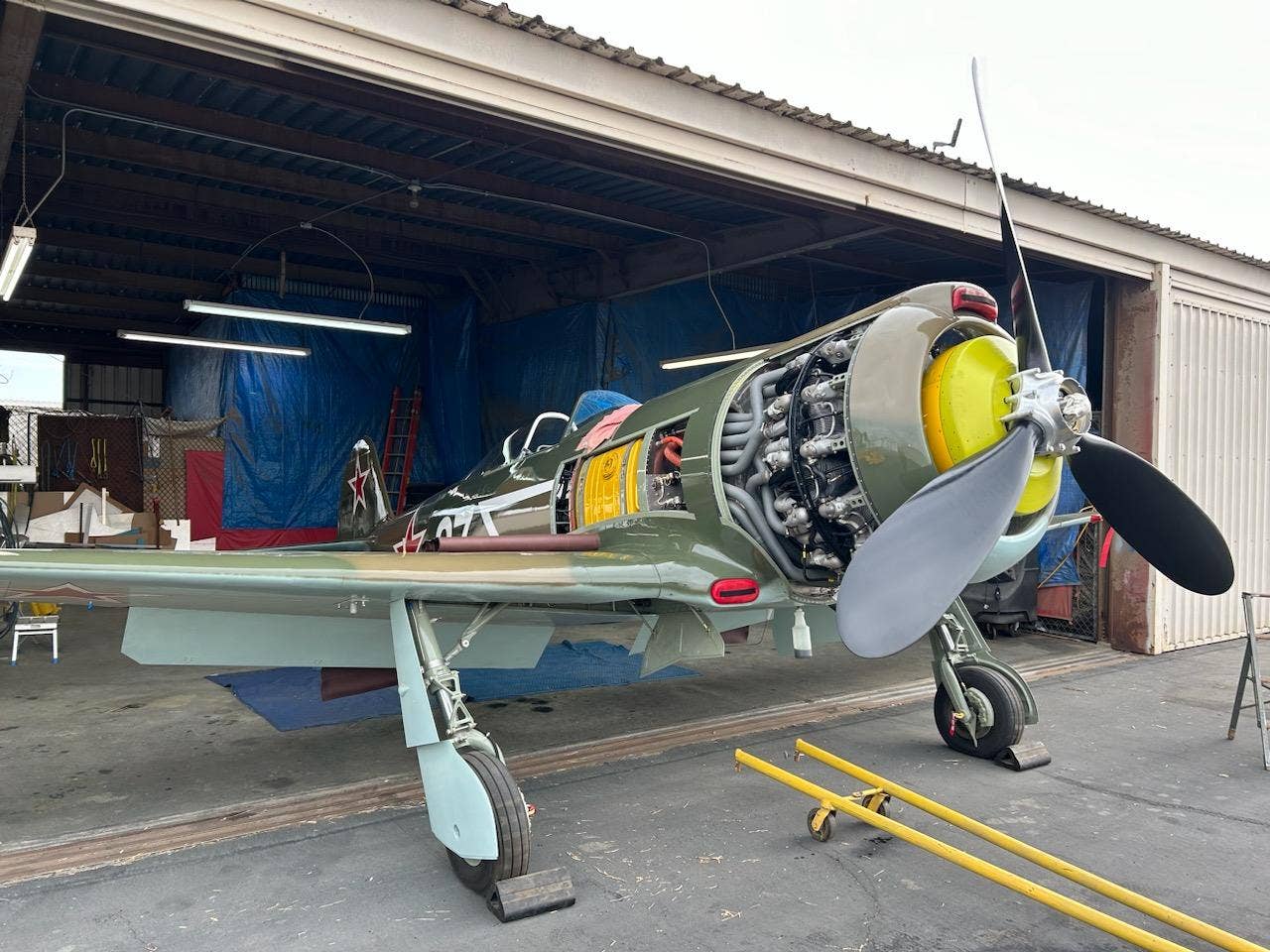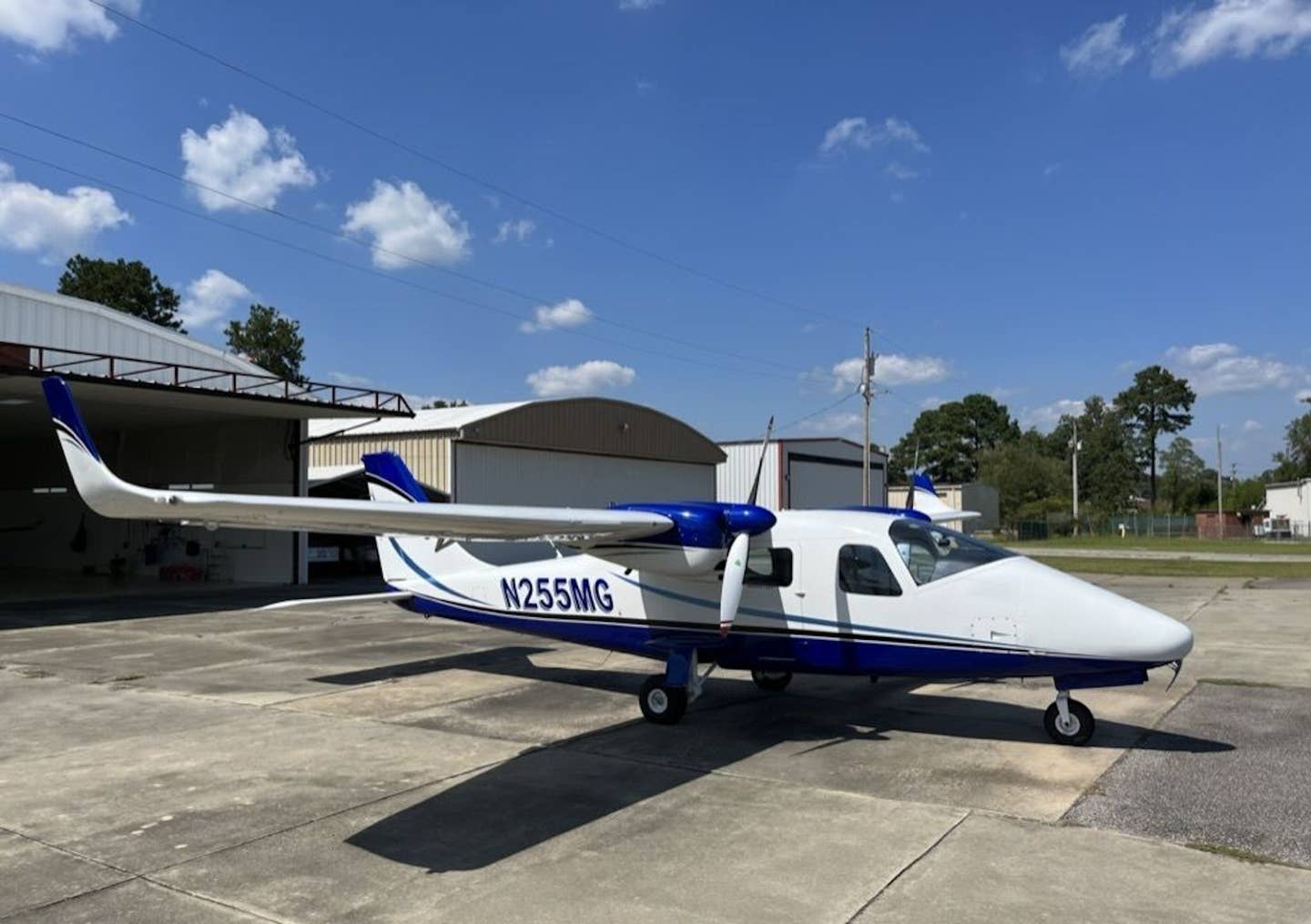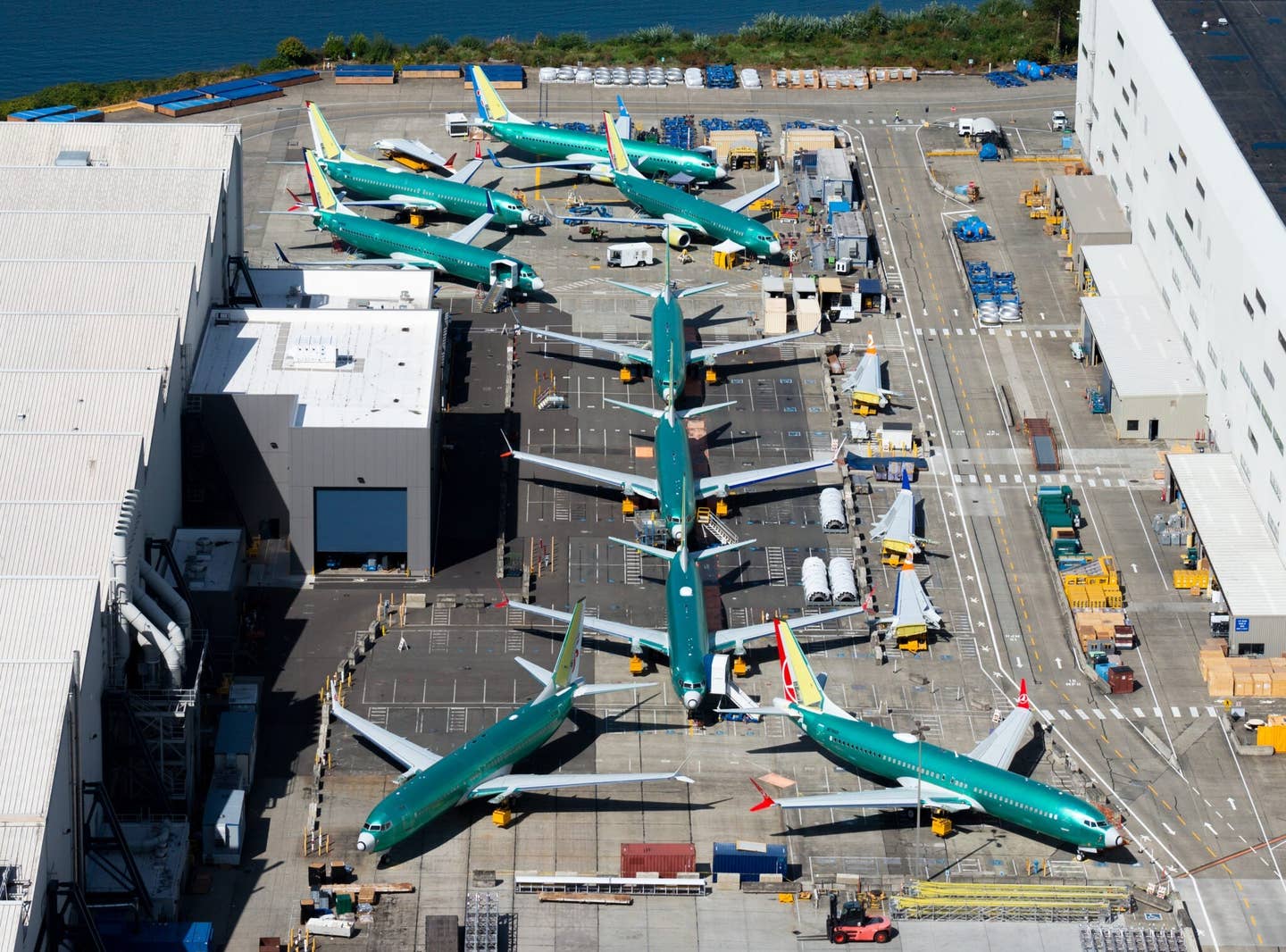The Intricacies of Getting Ready for Reno
Air racer John Dowd aimed to get his Yak on track for Gold at Reno.

The Yak-11 spoke to John Dowd over the siren song of the P-51s so oft campaigned for the Gold at the Reno Air Races. [John Dowd]
Ever since John Dowd, a career crop-spraying pilot, flew his Yak-11 to victory at 376 mph in the Silver race at the National Championship Air Races in Reno, Nevada, in 2016, he felt the former Russian World War II trainer could do better.
Following the race, Dowd was riding a wave of gratification, knowing he had at least set a record for aircraft powered by the Pratt & Whitney R1830 Twin Wasp engine, sourced from a Douglas DC-3. “That was the fastest that engine has ever gone,” he says. And while he is not the type to mention it, his Yak—named Lilya, for Russian wartime fighter pilot hero Lilya Litvyak—made the rest of the field, all North American P-51 Mustangs with legendary Rolls-Royce Merlin engines, look slow.
If you're not already a subscriber, what are you waiting for? Subscribe today to get the issue as soon as it is released in either Print or Digital formats.
Subscribe NowRacing Costs Money and Time
After returning to Syracuse, Kansas, Dowd began working on improvements that he believed would push the airplane past 400 mph, which would almost certainly be fast enough to crack the Gold race, though probably not enough to win it. You can expect only so much improvement in performance year to year, especially when you are on a budget. Besides, Dowd, who has racing experience at Reno dating back to the 1970s, had difficulty finding time to work on his race airplanes.
“You wind up with a list of ‘wanna dos’ and ‘gotta dos,’ and in my case my spraying planes always were the priority,” he says of the aerial application business he owned for decades. “My farmers had to come first.”
Dowd did not return to Reno until last year, but after problems getting Lilya ready, he brought a P-51A called Shanty Irish, with which he won Silver again, flying very smoothly and very low, even by Reno standards. Though fans loved the P-51A, Dowd felt the Yak had more winning potential. Besides, he has never really enjoyed flying P-51s. While they might appear smooth and graceful rounding the pylons, the experience in the cockpit feels like drudgery. “It’s like driving a truck around the course—a lot of work.” The Yak, he says, is simply easier to fly.
Sometimes, Less Is More
There were several additional reasons Dowd chose the Yak over the P-51. First, it is smaller than the P-51s, Grumman Bearcats, and Hawker Sea Furies that make up most of the competitive air racing field. This basic trait tends to equate to a smaller budget required.
Probably the most significant advantage related to the Yak’s size is that it does not need an enormous engine in order to go fast. Dowd’s airplane won the Silver in 2016 at 376 mph using the Pratt & Whitney R1830 Twin Wasp—and it was tiny among the air-cooled radials typically found at Reno, including Pratt & Whitney R2800s and R4360s, and Wright R3350s.
There are engine people and airframe people among those who race at Reno. While the groups overlap, some tend to turn to more powerful engines when they need more speed. Others look for ways to make airframes lighter and more aerodynamic. “A race-prepared Merlin is going to cost you $300,000, overhauling a 3350 is about $250,000, and an R2000 overhaul is closer to $125,000,” Dowd says. A smaller engine is more economical, though not exactly cheap. “You quickly find that it can be cheaper to focus on airframe modifications.”
Dowd also has the advantage of being an aeronautical engineer by training. For decades he has spent winters performing intensive maintenance on his agricultural aircraft—and occasionally squeezing in racing projects—in his well-equipped shop.
How It Is Done
After acquiring the Yak in 2010, Dowd went through it carefully, rebuilding and replacing numerous parts that were broken, worn, or just not working properly. Over the next few years, he overhauled the engine, balanced control surfaces, and began redesigning some of the aircraft’s internal electrical and mechanical systems. Mostly, though, he sought to clean up the machine aerodynamically.
Most World War II aircraft, even those famous for high top speeds like the Mustang, really were designed to fly at 250 mph or so—or about how fast you fly when escorting bombers to their targets. The incidence settings of the horizontal stabilizer would reflect this, so these aircraft generally trim out easily to fly at that speed, or roughly half the pace required for the Gold.
This is why racing airplanes often have to use lots of trim to keep the nose down when approaching 500 mph. Sometimes the resulting aerodynamic pressure is rough enough to tear the trim tabs off the elevators. An elevator trim tab lost in this manner was named as a contributing factor in the crash of race pilot Jimmy Leeward’s P-51 Galloping Ghost at Reno in 2011. The accident killed Leeward and 10 spectators, while an additional 70 were injured by flying shrapnel when the airplane nose-dived into the ground and disintegrated. The stakes at Reno are high.
Getting his Mustang to fly fast meant Dowd had to reset the angle of its horizontal stabilizer and remove an offset built into the vertical fin to counter engine torque. Doing so significantly reduced “trim drag.” Curiously, the Yak flies fine at race speed without changes to the tail.
Spinner Afterbody
One of the modifications that makes Dowd’s Yak stand out is barely visible. It is a fiberglass fairing called a spinner afterbody. Like most radial-powered racers, the Yak uses a large-diameter propeller spinner to cover much of the engine cowling’s frontal area to improve aerodynamics. This arrangement leaves a narrow opening between the cowling and the spinner for cooling air to reach the engine.
As the air accelerates, it moves around the spinner and into the cowling. The void behind the spinner causes turbulence and pressure to build, causing drag. Dowd’s spinner afterbody, which he designed, is almost a mirror image of the spinner. The fairing matches the large diameter at the back of the spinner and narrows to a smaller diameter as it reaches the engine crankcase to which it is attached.
As a result, air flowing over the spinner continues smoothly across the fairing, expanding and decelerating to more efficiently cool the engine while reducing turbulence and drag. This is the kind of device aeronautical engineers dream up. It may not look like much, but the afterbody is effective, Dowd says. “It’s good for an extra 20 mph.”
Other racers took note, especially Dowd’s friend and longtime rival, Sam Davis, who flies a similar Yak, Miss Trinidad, and is known for his skill at fabricating custom aircraft exhaust systems. Dowd was sure that a set of Davis’ custom pipes would add even more speed to his Yak, which still had its original, inefficient exhaust system.
- READ MORE: Expanding the Campaign at Reno
Making Deals
“When I asked Sam about making the exhaust, he said he would do it, but he wanted me to make a fairing for him in exchange,” Dowd says. While giving that much help to a competitor might seem strange, it is the way things go in the air racing community. Pilots often take a year off from the sport to help rivals prepare their aircraft or join their race-day pit crew. Sometimes they even fly for them. In addition to supplying the spinner fairing, Davis proposed that Dowd fly Miss Trinidad for him as well. These are the types of deals that racers make all the time.
Davis, based in Corona, California, has been working steadily on Miss Trinidad for weeks, including the installation of Dowd’s fiberglass fairing. The airplane is based at Chino Airport (KCNO), home of the Planes of Fame Air Museum and Fighter Rebuilders, an operation that restores warbirds and prepares numerous racing aircraft for competition.
Recently, John Maloney, a longtime racer, film pilot, and son of Ed Maloney, who founded the museum and restoration businesses, test-flew Davis’ Yak and deemed it ready to race. Well, almost. The aircraft is at least ready to begin the process of countless tweaks, fine-tuning, and practice flying necessary for a good run at Reno.
In an interesting twist, Maloney has even offered to fly Miss Trinidad at Reno, possibly bumping Dowd to reserve-pilot status. “It’s fine. Johnny is one of the best sticks I know,” Dowd says, noting that he is often happier working with the crew than flying the airplane. “I’ll be there with all of my tools.”
This story first appeared in the September 2023/Issue 941 of FLYING’s print edition.

Subscribe to Our Newsletter
Get the latest FLYING stories delivered directly to your inbox







